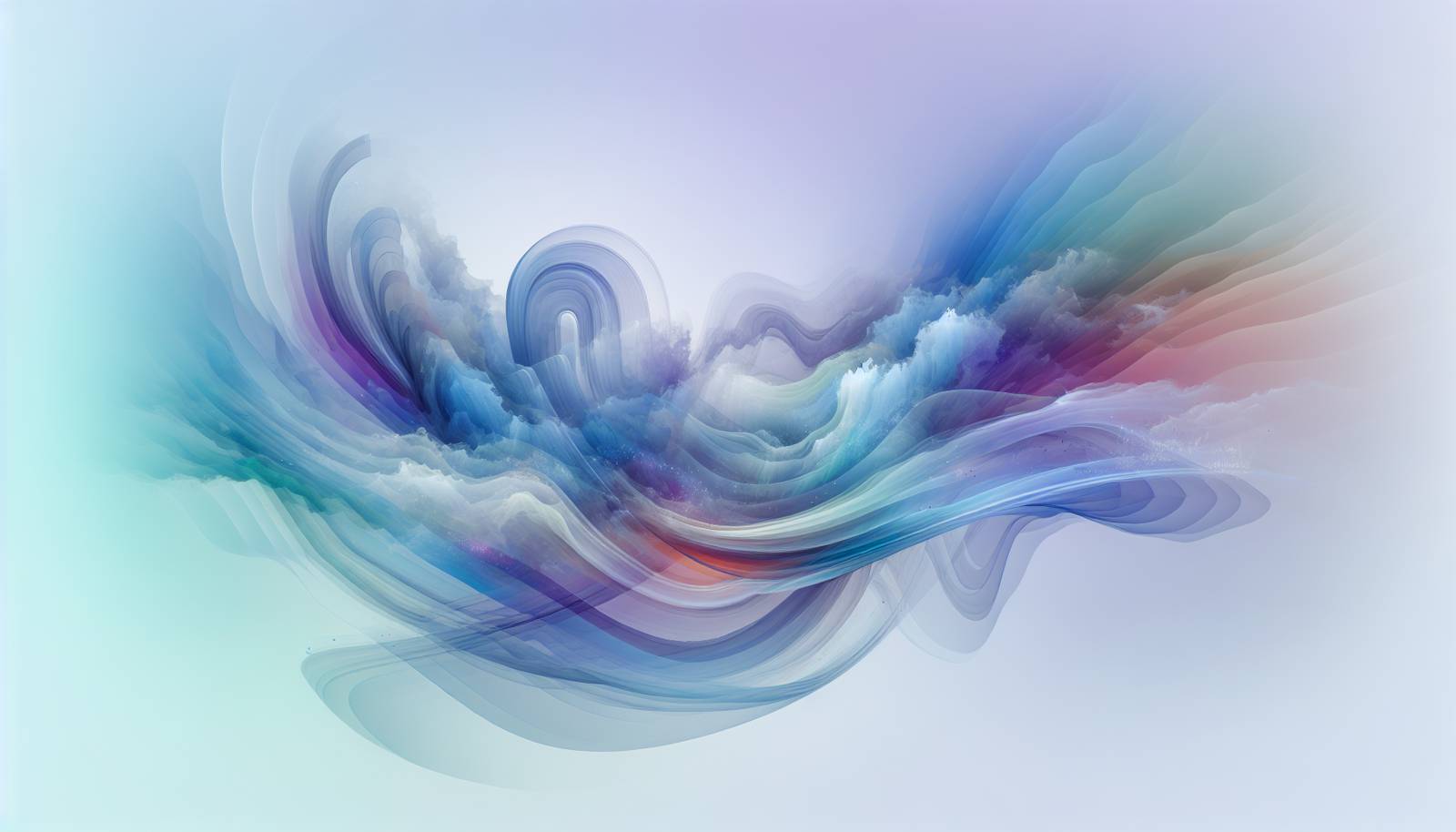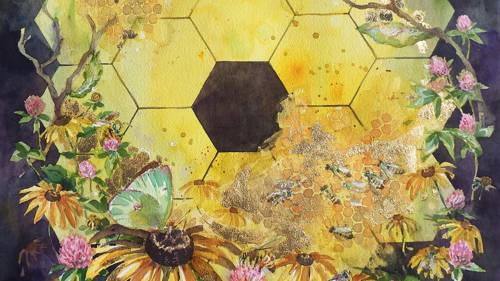
FAQ About Impact of Virtual Art Spaces on Artistic Collaboration

What are virtual art spaces?
Virtual art spaces are online platforms that facilitate the creation, exhibition, and collaboration of art without the need for physical presence. These spaces can take the form of virtual galleries, collaborative software, and digital art communities, allowing artists to connect and work together across distances.

How do virtual art spaces enhance collaboration among artists?
Virtual art spaces enhance collaboration by providing tools and platforms where artists can connect, share ideas, and work together regardless of their physical location. These platforms often come with features such as real-time communication, shared workspaces, and creative tools that make it easier for artists to collaborate and engage with one another.

Can virtual art spaces really overcome geographical barriers?
Yes, virtual art spaces significantly reduce geographical barriers by allowing artists from different parts of the world to collaborate online. This creates opportunities for diverse and international collaboration that would otherwise be difficult or impossible in a traditional, physical context.

What are some popular platforms for virtual artistic collaboration?
Some popular platforms for virtual artistic collaboration include tools such as Artstation, DeviantArt, and Behance for showcasing art, as well as collaboration-focused platforms like Miro and Google Workspace. Specialty platforms such as Mozilla Hubs provide virtual reality environments where artists can interact in immersive digital spaces.

What are the advantages of virtual art spaces over physical ones?
Virtual art spaces offer numerous advantages over physical spaces, including increased accessibility, cost-effectiveness, and the ability to connect with a global audience. They also offer flexibility in terms of scheduling and can provide innovative forms of interaction and representation that are not possible in physical environments.

Are there any challenges associated with virtual art collaboration?
While virtual art spaces offer many benefits, there are challenges such as the lack of physical interaction, time zone differences that can affect real-time collaboration, and the need for technical proficiency to use digital tools effectively. Additionally, issues related to digital rights management and intellectual property can be more complex in virtual spaces.

How has the COVID-19 pandemic influenced the use of virtual art spaces?
The COVID-19 pandemic has accelerated the adoption of virtual art spaces as physical venues were forced to close or limit access. Artists turned to online platforms to continue their work, leading to increased innovation and experimentation within digital spaces. This shift has also highlighted the potential of virtual collaboration as a sustainable model for the future.

Do virtual art spaces support all types of art forms?
Virtual art spaces are incredibly versatile and support a wide range of art forms, including visual arts, digital painting, music, performance art, and multimedia installations. These platforms can cater to both traditional and digital-only art practices, making them suitable for a broad spectrum of artists.

What technological tools support virtual art collaboration?
Technological tools that support virtual art collaboration include software for digital art creation such as Adobe Creative Cloud, communication and project management tools like Slack and Trello, and 3D modeling programs like Blender. Virtual reality platforms and augmented reality tools are also increasingly being used to enhance interaction and creativity in virtual art spaces.

How do virtual exhibitions work?
Virtual exhibitions are hosted online, where art is displayed in a digital environment that mimics or innovates upon traditional exhibition spaces. This can involve 360-degree views, interactive elements, and multimedia features that allow the audience to explore art pieces in new ways. Virtual exhibitions can be accessed globally, often through web browsers or dedicated apps.

Can virtual art spaces lead to new creative partnerships?
Absolutely, virtual art spaces can lead to new creative partnerships by connecting artists with like-minded individuals around the world. These spaces facilitate networking, the sharing of ideas, and collaborative projects, often resulting in innovative partnerships that transcend traditional boundaries.

What is the role of social media in virtual art collaboration?
Social media plays a significant role in virtual art collaboration by enabling artists to share their work widely and connect with potential collaborators. Platforms like Instagram, Twitter, and LinkedIn serve as informal spaces for artists to network, market their work, and discover others with similar interests and goals.

How can aspiring artists benefit from virtual art spaces?
Aspiring artists can benefit significantly from virtual art spaces as these platforms provide exposure to a global audience and access to professional networks that may otherwise be inaccessible. They also offer resources, mentorship opportunities, and learning materials to help artists develop their skills and advance their careers.

Is virtual collaboration seen as an equal alternative to physical collaboration?
Virtual collaboration is increasingly being seen as a viable alternative to physical collaboration, but it is not always considered equal. While virtual tools offer flexibility and new creative possibilities, they miss the nuances of in-person interaction and the experiential aspects of physical collaboration. However, as technology evolves, the gap between virtual and physical collaboration continues to narrow.

What impact do virtual art spaces have on the art market?
Virtual art spaces are reshaping the art market by providing direct access to artists and collectors, lowering entry barriers for emerging artists, and enabling new forms of digital art such as blockchain-based NFTs. This democratizes the art world by allowing a broader range of artists to showcase their work and reach potential buyers globally.

How do virtual art spaces handle issues of copyright and intellectual property?
Virtual art spaces address copyright and intellectual property issues through terms of service agreements, the implementation of digital rights management systems, and by providing artists with resources to understand their rights online. Nevertheless, the virtual environment can complicate copyright enforcement due to the ease of digital distribution and reproduction.

Are virtual art spaces accessible to everyone?
While virtual art spaces democratize access to art and collaboration opportunities, they are not fully accessible to everyone due to factors like technology access, digital literacy, and internet connectivity. Efforts continue to be made to improve accessibility and reduce the digital divide, making virtual art spaces more inclusive.

What future developments might we expect in virtual art spaces?
Future developments in virtual art spaces might include enhanced immersive experiences through augmented reality and virtual reality, better integration of artificial intelligence for creative tools, and more robust platforms for collaborative art created through blockchain technology. The continuous advancement of these technologies promises to further blur the lines between virtual and physical art experiences.

How can traditional art institutions adapt to the growth of virtual art spaces?
Traditional art institutions can adapt to the growth of virtual art spaces by incorporating digital exhibitions, engaging in online collaborations, and using virtual platforms to reach wider audiences. Institutions can also invest in technology that integrates virtual and physical experiences, such as hybrid exhibitions and interactive online content.

Do virtual art spaces influence the creative process itself?
Virtual art spaces can influence the creative process by providing new tools and methods for creation, allowing for greater experimentation with digital media and collaborative techniques. They encourage artists to think beyond traditional formats and explore novel ways to express their creativity.
